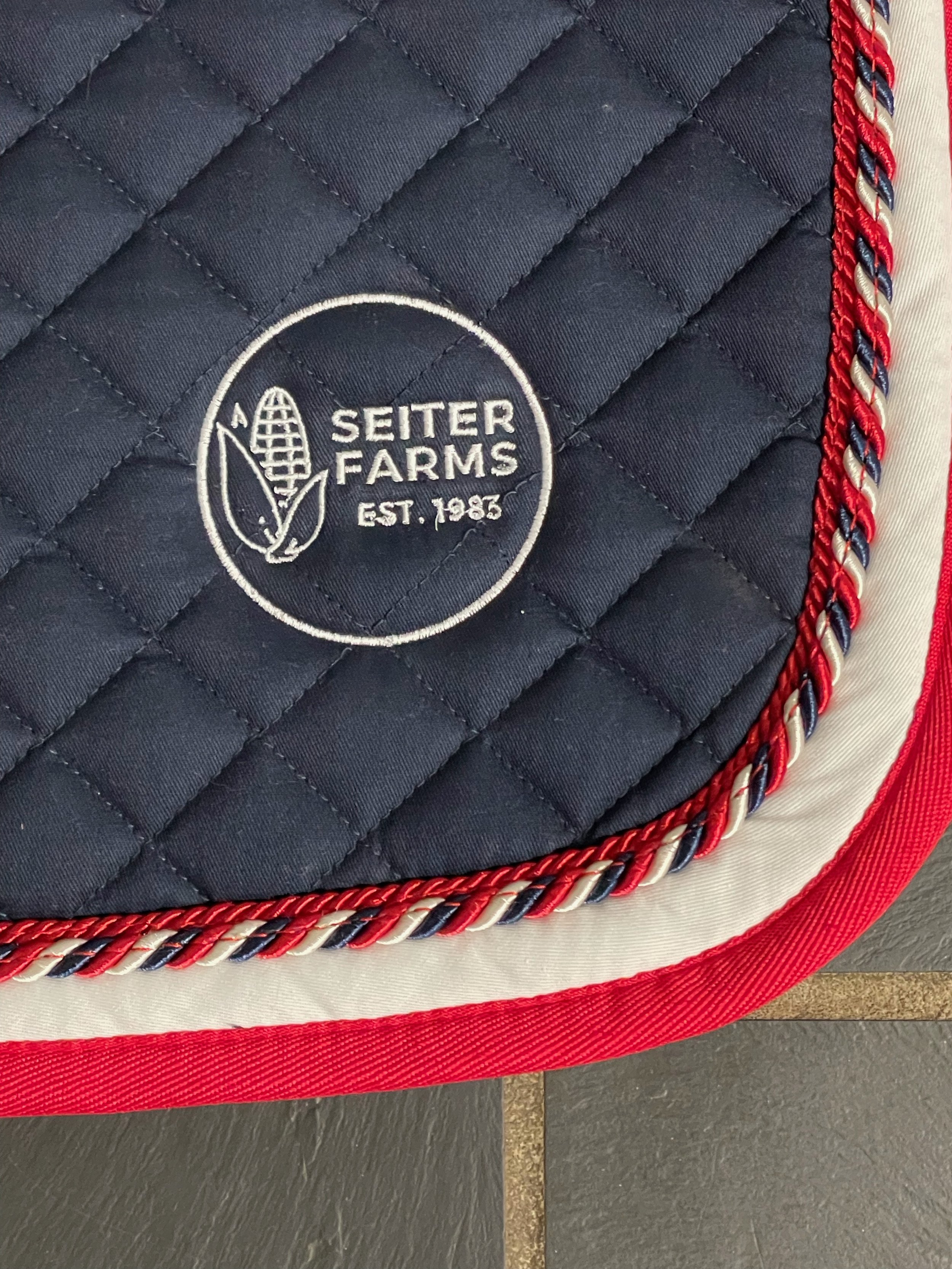Essential Rodeo Attire: Dressing for Success in the Arena
As a rodeo competitor, your attire is not merely a fashion statement but a crucial component of your performance and safety in the arena. The clothing and equipment you choose can significantly impact your comfort, mobility, and ability to communicate effectively with your horse during intense rodeo events.
In this article, we will go over essential equipment that you, the rider needs, to be safe, comfortable, and ready to roll!
Susan Dickinson of Cork N Mane and her buddy Doyle
Headgear and Helmets:
In the dynamic world of rodeo riding, protecting your head is paramount. While traditional cowboy hats hold a cherished place in rodeo and cowboy history, specialized helmets offer crucial protection against head injuries, providing riders with an extra layer of safety during intense competition.
Cowboy Hats - The X Factor
Traditional cowboy hats remain a symbol of rodeo culture and heritage. When buying a cowboy hat, you may encounter terms like 5x, 10x, or 20x, which refer to the quality and composition of the hat's felt material.
Historically this related to the amount of beaver fur in the felt of the hat. The higher the number, the more beaver fur it contained in the felted material. Beaver was the preferred fur because of its water-repellent qualities and ability to provide warmth.
Sadly beavers were almost extirpated in the USA due to hunting and trapping and are still a monitored species by the Department of Fish and Wildlife.
Today we still use the X rating system to judge the quality of the hat but they are more often made of felted wool and rabbit fur. Although beaver fur is still used in some more expensive brands.
The X system has become a popular way to gauge cowboy hats and is also used in hats made of straw and synthetic fibers. In addition, there is no consistency and no industry standard so different manufacturers have different X ratings. Always check the manufacturer’s website to see their scale.
Helmets
Rodeo helmets are specifically designed to withstand the impact of falls and collisions, featuring durable outer shells made of materials like fiberglass or carbon fiber. These helmets are engineered to absorb and dissipate the force of impacts, reducing the risk of concussions and other head injuries.
A properly fitting helmet should feel snug and secure without causing discomfort or restricting movement. Many helmets come with adjustable straps and padding to customize the fit to your head shape and size.
Choosing a helmet that meets recognized safety standards is important when participating in rodeo events. These standards are established by organizations such as the Professional Rodeo Cowboys Association (PRCA) and they ensure that helmets undergo rigorous testing to meet safety requirements.
English-style helmets are plentiful and easy to find. however, Resistol RideSafe Western Hat Helmet looks more like a western hat if you want to be more stylish.
Check Out Our Store Threads and Tack!
Chaps VS. Chinks
The short answer is chaps provide full-length leg protection and are ideal for rugged outdoor work, while chinks offer shorter coverage and greater mobility for activities requiring agility and flexibility.
Both were adapted to the cowboy culture from Spain during the 1800s. Today we wear them as part of tradition and because they can help riders grip the saddle or a bareback horse better than clothing.
Chaps:
Length: Chaps typically extend from the waist down to the ankles or just below the knees.
Design: Chaps are constructed with full-length leather or suede panels that wrap around the front and sides of the legs. They often feature fringe or other decorative elements along the outer edges.
Purpose: Chaps were designed to offer protection to the legs from thorns, and other hazards encountered during cattle work or riding in rugged terrain.
Fastening: Chaps typically fasten around the waist with a belt or adjustable buckle straps, and they may also have adjustable leg straps or zippers to help with the fit.
Chinks:
Length: Chinks are shorter than chaps, typically extending from the waist down to just below the knees or mid-calf.
Design: Chinks provide partial coverage for the legs, leaving the lower legs and knees exposed. They often have decorative accents such as conchos, buckles, or fancy leather trim.
Purpose: Chinks offer protection to the thighs and upper legs while allowing for greater freedom of movement in the lower legs. They are typically worn for activities like roping, where agility and flexibility are important.
Fastening: Chinks typically fasten around the waist with a belt or adjustable buckle straps, similar to chaps.
If you have a logo or brand picture we can digitalize it for the embroidery machine. We have a one-time setup fee and then can put your design on a variety of products - shirts, jackets, saddle pads - you name it!!
Clothing
When it comes to riding you want to be comfortable. Well-fitting durable clothing that will breathe when you are sweating (yes riding is great exercise). You don’t want to wear anything loose or flowing because it can get caught in your tack.
Not to get too personal but underwear is important. Ill-fitting underclothes can chafe and make you very unhappy. Running or compression shorts can often be worn as underwear and brands like Underarmour specialize in underwear for athletes.
Sturdy, supportive shoes are a must. riding and cowboy boots have a heel to prevent your foot from sliding through the stirrups (remember heels down is not just good equitation).
Riding clothes are also a great addition. They protect your hands and enhance your hold on the reins.
Protect yourself from the weather with a rain jacket.
Stay Hydrated
Both you and your horse need to stay hydrated. A lack of water can make you feel lightheaded and dizzy. So remember to take a bucket for your four-legged friend and a water bottle for yourself.
Ame Vanorio, is an Author, the founder of Fox Run Environmental Education, and mom to rescue horse Rocket.


